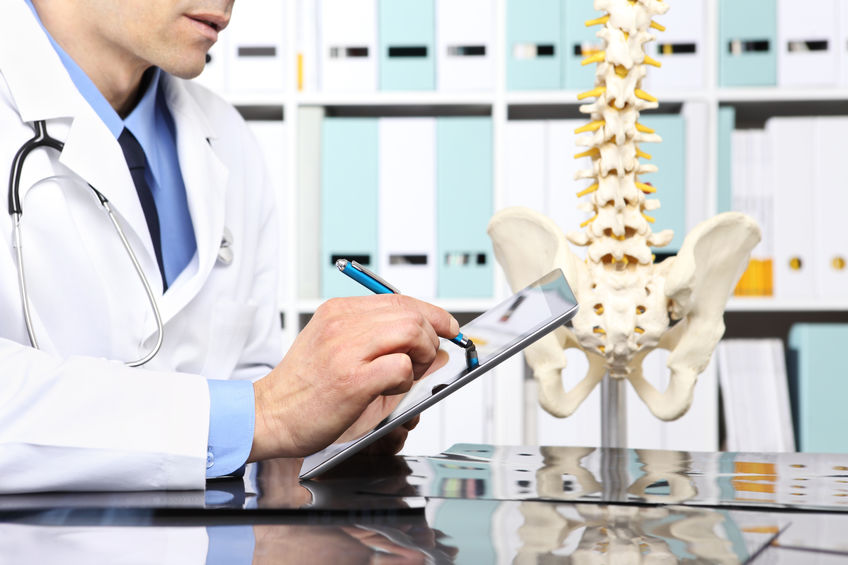Diagnosing And Treating Your Joint Pain
For patients with significant joint pain, a knee arthroscopy procedure is an opportunity for surgeons to diagnose and treat a wide range of knee problems, including joint pain. Because an arthroscopy consists of a small incision, there is less pain for patients, less joint stiffness, and shorter recovery time. Here’s what to know about why the doctor might order a knee arthroscopy.
What is an arthroscopy?
Arthroscopy is a procedure to diagnose and treat joint problems. A surgeon inserts a narrow tube attached to a tiny video camera through a small incision. A surgeon uses this camera to see inside the joint without making a large incision. Surgeons can also repair damage to joints in these small incisions.
What conditions are treated with a knee arthroscopy?
Knee arthroscopy can be used to diagnose and treat several conditions causing joint pain. Some of these conditions include loose bone fragments, damaged or torn cartilage, inflamed joint linings, torn ligaments, or scarring within joints.
Knee arthroscopy for severe joint pain
A knee arthroscopy may be a promising treatment option for patients who have had no relief from nonsurgical intervention. Consider seeing a medical professional to evaluate knee pain symptoms such as:
- Pain that does not go away with rest
- Significant swelling
- Limitations in flexing or extending the knee
- Instability causing problems with walking or standing
Low risk of complications
Overall, the risk of complications during an arthroscopic procedure is considered very low. If a complication does occur, the complication is minor and easily treated. Some of the possible problems with knee arthroscopy include infection, blood clots, knee stiffness, or accumulation of blood in the knee.
Quick recovery at home
Recovery from knee arthroscopy is quicker than traditional open knee surgery. Patients can go home from the procedure after a few hours of recovery. Follow the doctor’s instructions at home. General recovery tips can include:
- Applying ice packs to the surrounding area
- Elevating the leg for several days
- Resting
- Changing the dressing
- Using crutches
- Pain management with pain medication
Is a knee arthroscopy right for me?
Knee arthroscopy is recommended when a patient has significant joint pain that does not react to nonsurgical treatments such as rest, physical therapy, and medications. Knee arthroscopy can relieve painful symptoms caused by damage to the cartilage surface and soft tissues surrounding the joint.
Resolved pain and improved life
Recovery from a knee arthroscopy depends on the patient and the damage presented in the joint. Most patients return to full unrestricted activities after knee arthroscopy. Knee arthroscopy can offer significant long-term benefits for patients with joint pain. Knee arthroscopy patients report decreased or resolved pain and overall improved quality of life. For more information about diagnosing joint pain, speak with a healthcare provider.




